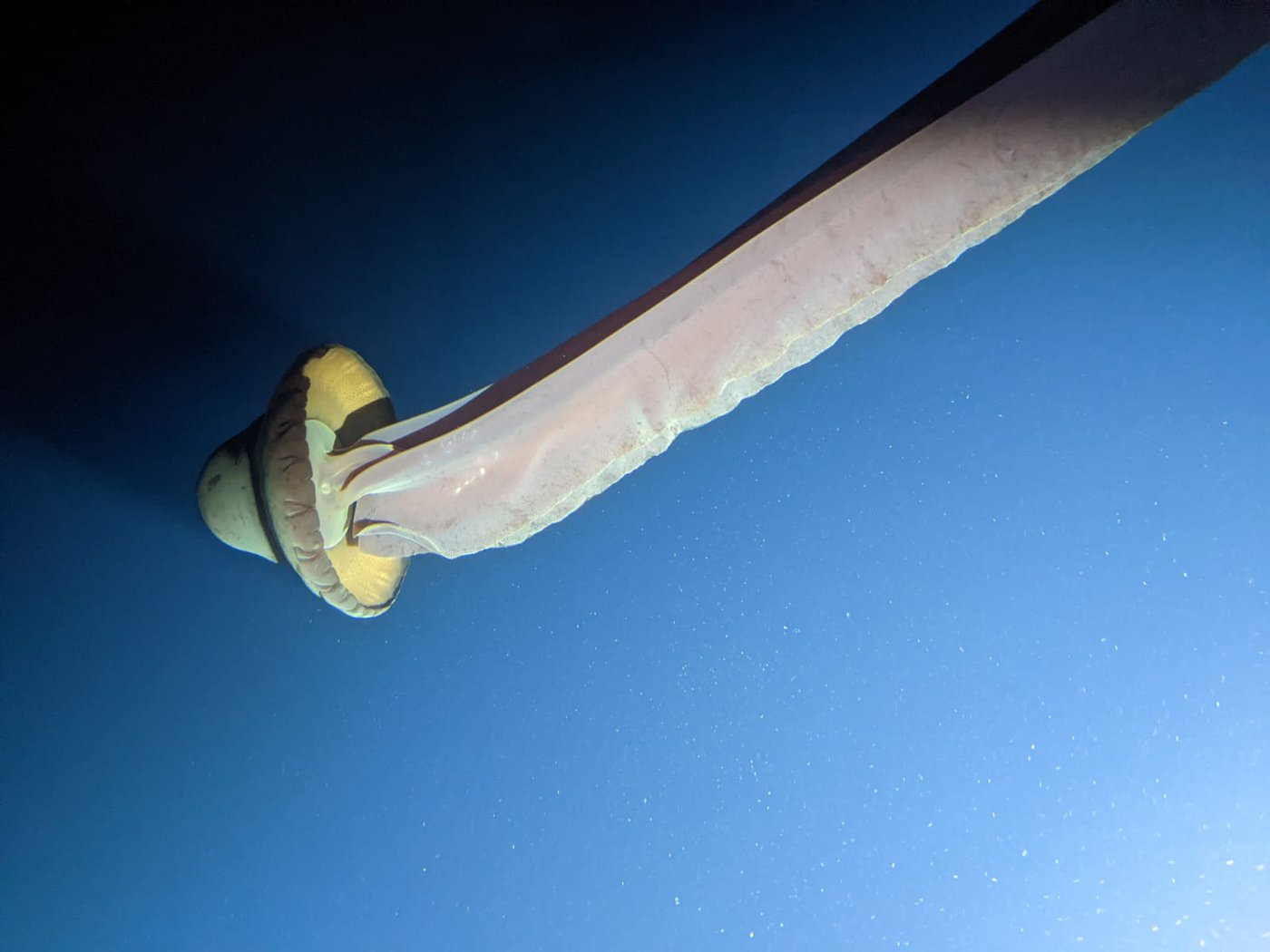Cocooned inside a submarine, I held my breath in anticipation as the vessel slowly descended beneath the surface of the Southern Ocean off the coast of Antarctica. Looking out the bubble-shaped acrylic window of the small, seven-person submersible, I watched the water go from bright aquamarine to inky black as we dove deeper and deeper, leaving behind the bright white snow and the last rays of sunlight.
When we reached our final depth of 402 feet—about the length of two-and-a-half Olympic swimming pools—the pilot flicked on the vessel’s high-powered exterior lights, revealing a previously hidden world at the bottom of the sea. I marveled at the vast array of plants and creatures that could survive in such harsh, chilly conditions, including bright orange starfish, yellow algae and sea urchins.
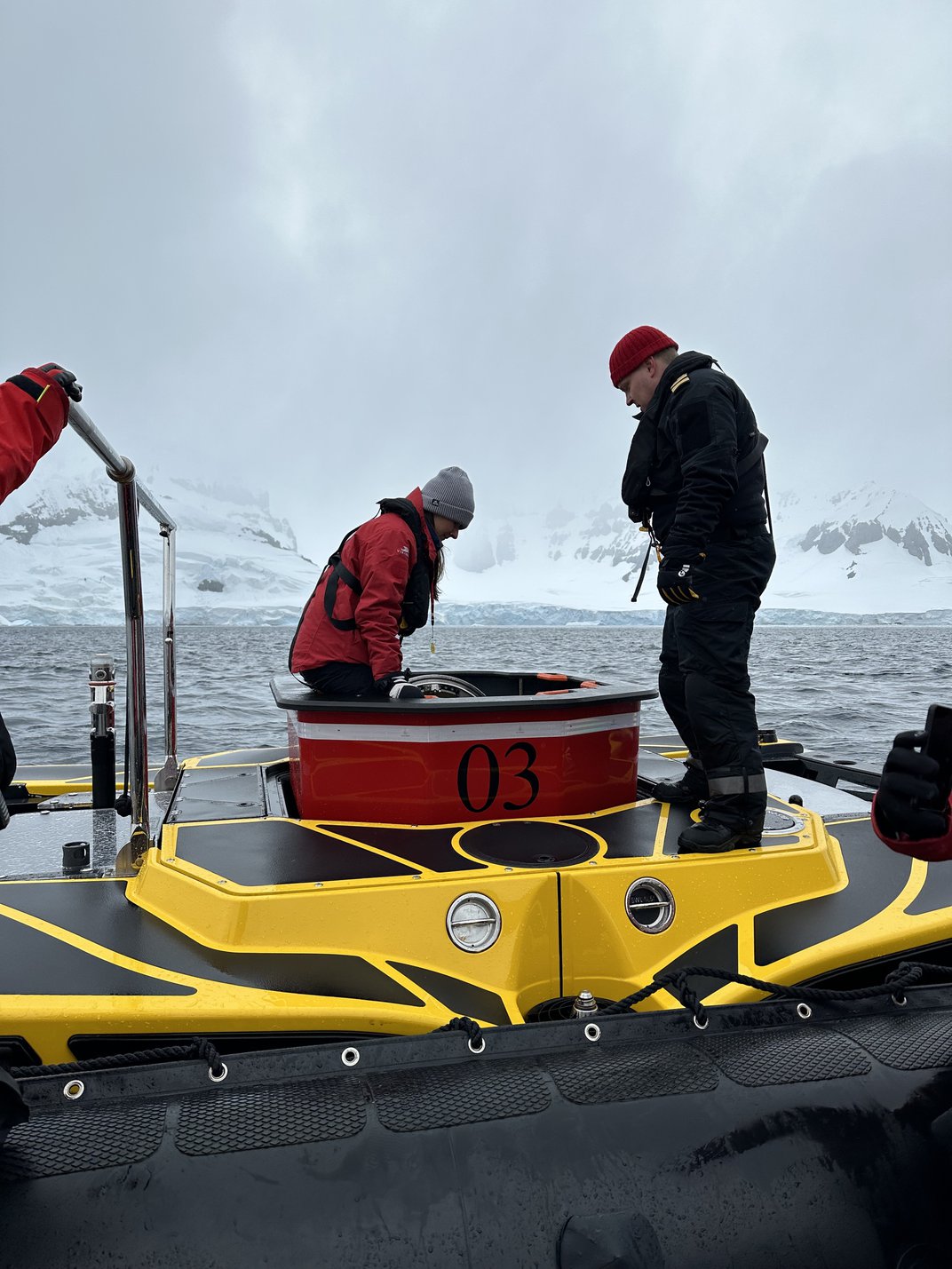
After traversing an underwater ridgeline with colorful marine life, the submarine—which was, of course, yellow and cheekily named after The Beatles’ Ringo Starr—gradually ascended to the surface. As we disembarked and prepared to return to our ship, a raft of sleek gentoo penguins swam by, porpoising gracefully toward their nesting colony on land.
It’s entirely possible that no one had ever laid eyes on that particular section of the Southern Ocean seafloor before. Not many people make it to Antarctica to begin with—roughly 23,600 travelers went during the 2021-22 season, according to the International Association of Antarctic Tour Operators—let alone get the chance to dive underwater in a submarine while there. And, cheesy as it may sound, that made me feel a bit like Ernest Shackleton, Roald Amundsen or one of the many other legendary Antarctic explorers I’d read so much about before going on this cruise vacation with my partner.
Submarines like the one I recently experienced give travelers a unique underwater view. But beyond shuttling tourists to the depths of the ocean, these vessels—and, more broadly, the cruise ships that offer them to passengers as excursions—are also facilitating scientific discoveries.
In January last year, travelers aboard a Viking Expeditions submarine off the coast of Antarctica’s Rongé Island spotted and photographed a giant phantom jellyfish, an elusive creature that can measure up to 30 feet long. Since then, other cruise-goers have also sighted the rare, otherworldly giants from the company’s submarines, reports National Geographic’s Melissa Hobson.
Until recently, scientists had only spotted the species about 100 times since first observing one in 1899. The deep-sea creatures “look like UFO spaceships with thick ribbons streaming from their undersides,” as Patrick Pester writes for Live Science. A large, mushroom-shaped bell sits atop their four wavy appendages, which scientists refer to as “oral arms.” In these and other jellyfish, oral arms bring prey to their mouths to eat.
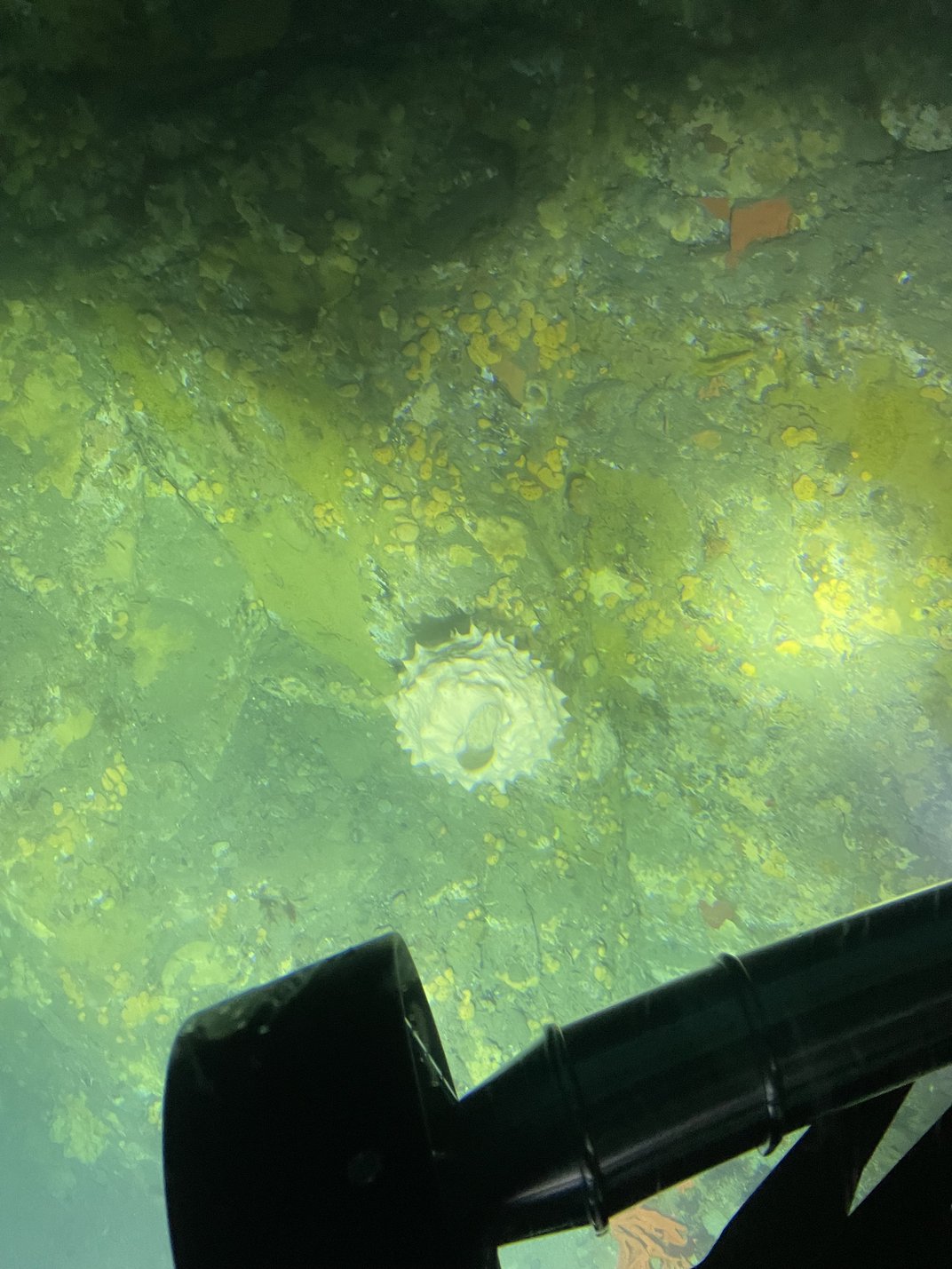
In a recent paper published in the journal Polar Research, scientists affiliated with Viking Expeditions describe three separate underwater sightings of the massive jellyfish. Based on markings and other distinguishing features—one jellyfish had a knot in its arm, for example—they believe travelers spotted three different individuals. They add that passengers on another cruise line, Scenic, have also spotted the animals from submarines.
The ghostly creatures live in oceans all over the world, with the exception of the Arctic Ocean, and primarily inhabit depths below 3,280 feet—where it’s cold and pitch-black. But they’ve also been spotted in shallower waters, as was the case with these recent Viking Expeditions submarine sightings, which occurred at depths of 920 feet, 285 feet and 260 feet, per the paper.
Scientists aren’t sure what would prompt a giant phantom jellyfish to swim up from the so-called “midnight zone” of the ocean, also known as the bathypelagic zone. One theory is that the behemoths want to expose themselves to the sun’s ultraviolet radiation in a bid to kill off parasites, per the researchers. It’s also possible that the Southern Ocean’s movement—a process known as upwelling, in which colder, deeper water rises because of wind patterns—simply pushed the creatures up from the depths, giving cruise passengers a once-in-a-lifetime view in the process.
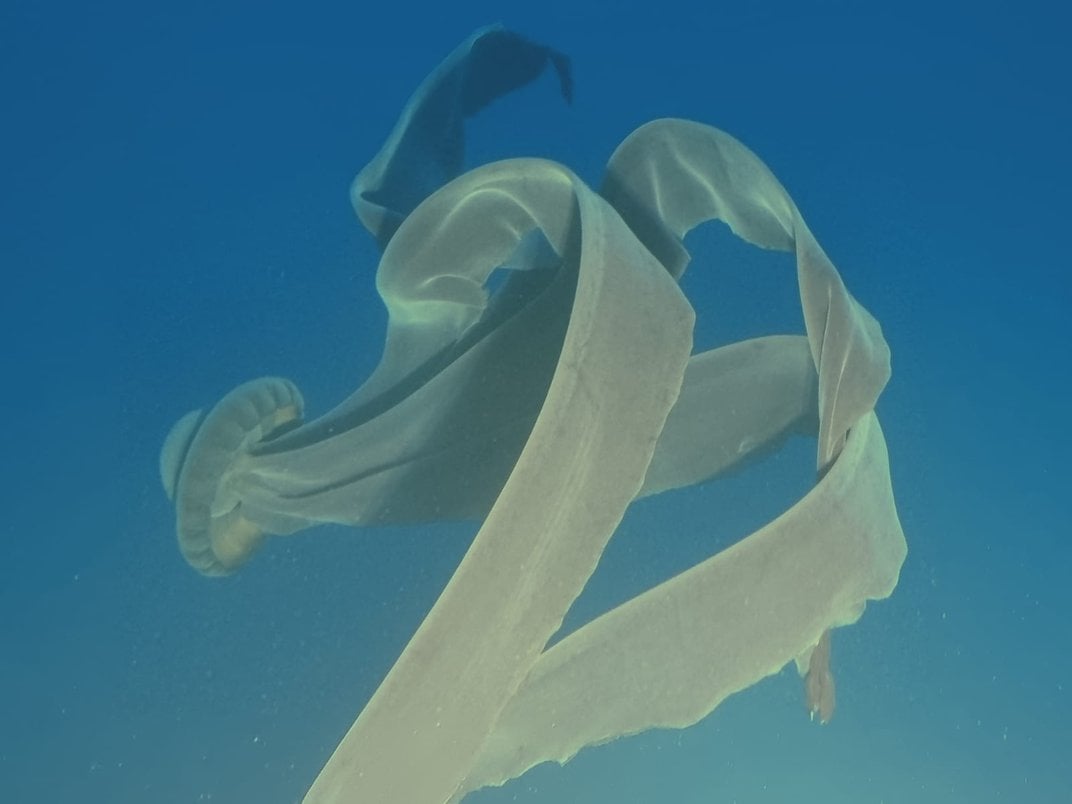
Researchers don’t know a lot about these mysterious jellyfish; they don’t have answers to even some of the most basic questions about their behavior, environmental preferences, reproductive cycle, diet and distribution. The study’s authors see submersibles deployed during cruises as a way to help fill in some of these knowledge gaps. That’s not surprising, given their affiliation with a cruise line, however, other citizen science successes have also shown the benefits of getting the public involved with research. Amateurs have discovered new scorpion species, helped confirm North American bird migration zones and processed infrared images of Jupiter from the James Webb Space Telescope, to name a few. Citizen science initiatives can also help educate and inspire travelers to protect the world around them.
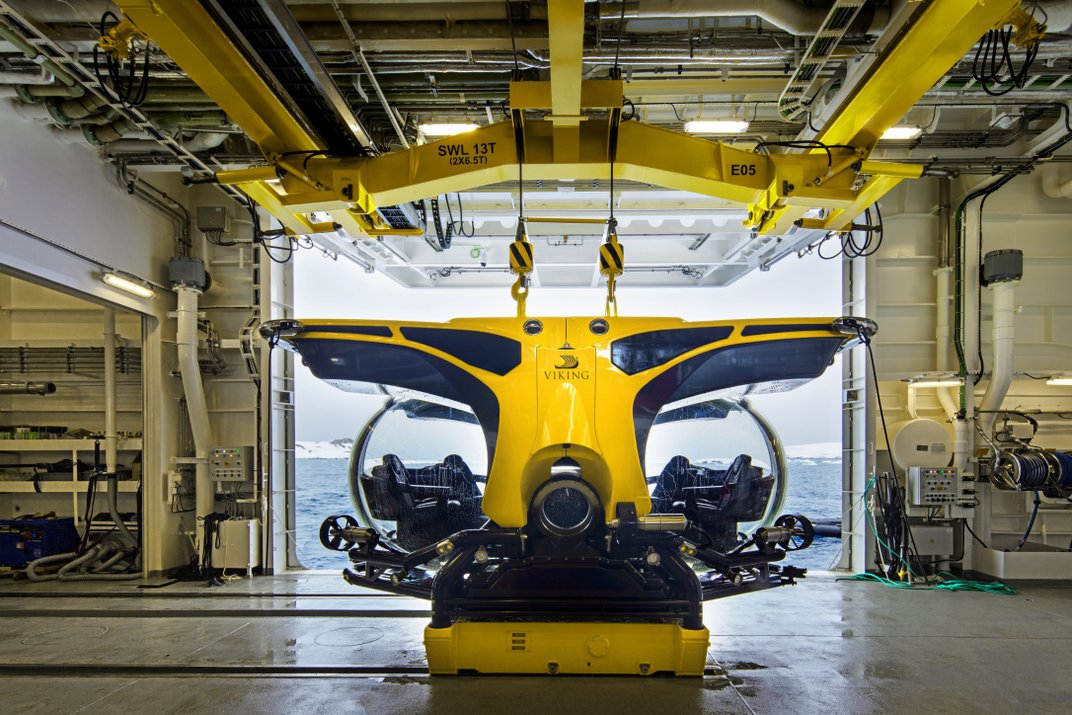
However, while considering cruise passengers’ potential scientific contributions, it’s impossible to ignore the industry’s overall environmental impact. Cruise ships emit large amounts of carbon dioxide—a single ship’s impact can rival 12,000 cars, by one estimate—and produce tons of garbage each day. Vessels injure and kill more than 70 species of marine animals, and some ships illegally discharge hazardous waste and other pollutants into the ocean.
The White Continent, in particular, is becoming increasingly imperiled as the planet warms. Antarctic sea ice hit a record low in February for the second time in two years. Researchers recently discovered the famous “Doomsday Glacier,” named for its potential to add to sea-level rise, is melting in a surprising way. And studies also show that Antarctica has warmed more than three times faster than the global average over the last three decades.
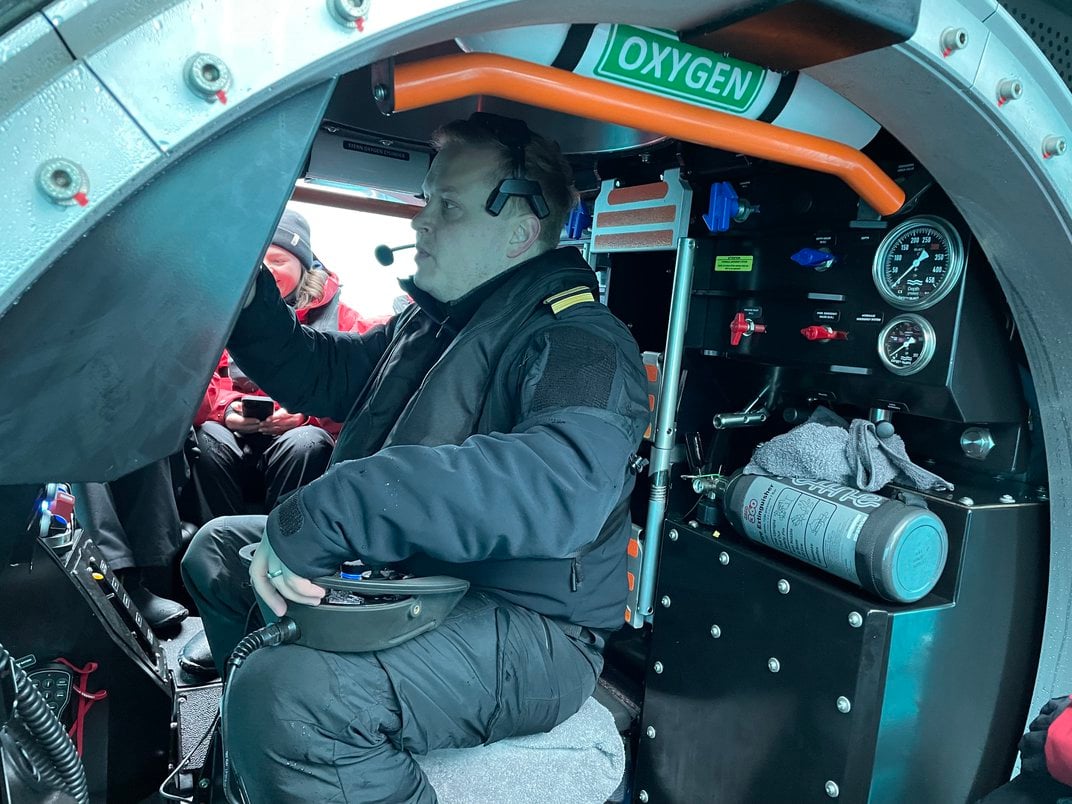
But the cruise industry is working to minimize its footprint and advocate for responsible tourism, particularly in fragile environments like Antarctica. The Cruise Lines International Association pledged to have net-zero carbon emissions in the industry by 2050, for instance, and some cruise operators are already transitioning to clean energy.
Some ships are also facilitating research projects that could help better understand—and, ideally, protect—the planet, such as sampling for microplastics and conducting oceanographic monitoring in the Southern Ocean. They’re ferrying scientists to remote sites—like the Antarctic Peninsula and the Drake Passage, which may be too expensive and logistically challenging for them to reach otherwise—so they can study everything from seabird distribution to carbon sequestration. And since these ships repeatedly return to the same places, they have the potential to help researchers gather longitudinal data and track changes over time.
“There’s incredible science being brought back [from Antarctic cruises] that is important for all of us living around the Earth right now,” Richard Garriott, president of The Explorer’s Club, a professional society that promotes scientific exploration and has partnered with cruise company Ponant for future onboard programming, says to Condé Nast Traveler’s Megan Spurrell. “The tourists who ride on these expeditions are, in many ways, subsidizing that research. This public-private partnership, in the modern era, is almost the only way to get science done.”
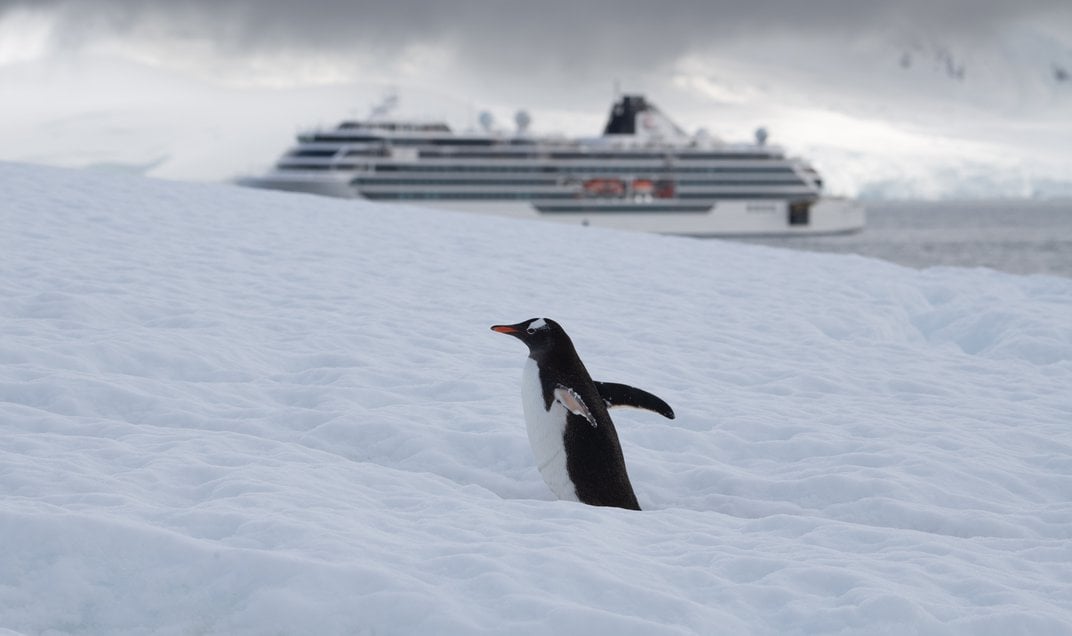
As it did with the giant phantom jellyfish, this cruise-ship facilitated research can provide a glimpse into the lives of rarely seen animals, as Paris Stefanoudis, a marine biologist at the University of Oxford who was not involved with the Viking-affiliated study, tells National Geographic. Further submersible observations could reveal how the jellyfish interacts with its environment, for example, or shed light on the myriad other creatures I saw on the dark ocean floor.
Interest in cruises—particularly those sailing to the White Continent—does not appear to be slowing down, and the prospect of a melting continent may even be driving some of that demand, per Condé Nast Traveler. While they’re not a cure-all for the cruise industry, research projects that engage passengers are at least, as Stefanoudis tells National Geographic, “a win for science.”
